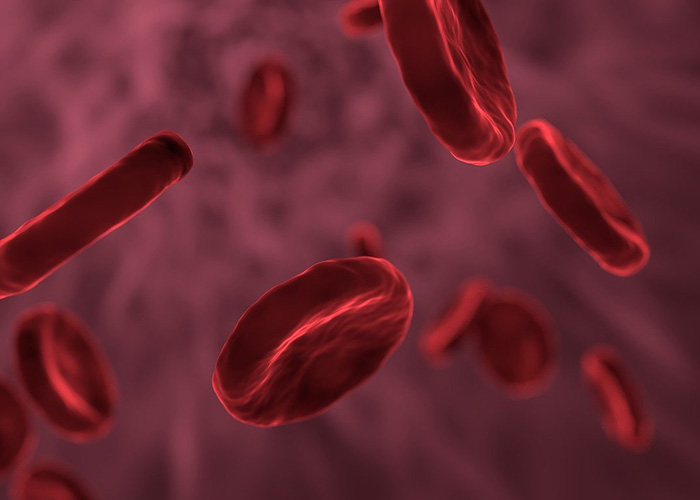
Leukemia is a cancer that affects the blood-producing tissues of your body, and it comes in many forms. Typically, it disturbs the production of your white blood cells, causing abnormal, insufficient, or excessive cells that then have a negative effect on your organs and immune system. Of its many forms, chronic B-cell leukemia is of particular concern to veterans, since it has been linked to exposure to Agent Orange and other herbicides encountered during service overseas.
What is a B-Cell Leukemia?
B-cell leukemias, like prolymphocytic leukemia (PLL) and hairy cell leukemia (HCL), attack your B-cells, which are a kind of lymph cell transported through your body to help remove waste and fight infection. The most common B-cell leukemia, chronic lymphocytic leukemia (CLL), causes excessive production of white blood cells, or lymphocytes, which in turn disrupt the ordinary function of other cells.
Leukemia symptoms include persistent fatigue, weakness, frequent and severe infections, fevers, chills, weight loss, swollen lymph nodes, enlarged liver or spleen, easy bleeding and bruising, red spots on your skin, nosebleeds, and bone pain. Since symptoms may start out subtly, they can be easily misidentified as signs of less serious problems, making it hard to detect early. However, if you have cause for concern, you should schedule an appointment with your doctor immediately. Leukemia may affect people of all ages, but CLL for one is typically seen in men over 60.
It’s not really known what causes CLL, and scientists generally concur that it’s a combination of genetic and environmental factors. A link has been established between exposure to Agent Orange and a heightened risk of CLL, to such an extent that the VA doesn’t require veterans who have proven to be exposed to Agent Orange to establish a service connection of any kind to get compensation and treatment assistance. This ruling has since been expanded to include all B-cell leukemias, when in 2010 the VA established its final regulation on the matter following the publishing of “Veterans and Agent Orange: Update 2008” by the Health and Medicine Division of the National Academy of Sciences, Engineering, and Medicine.
How Does the VA Rate Leukemia?
The strong evidence supporting Agent Orange exposure as a risk factor for CLL or other chronic B-cell leukemias basically expedites the process of getting medical assistance and disability compensation from the VA. No service connection needs to be established, and if the leukemia is present or in treatment, the VA grants it a 100 percent rating, which is maintained until six months after your final treatment, when your condition is reassessed and a new rating assigned.
Leukemia represents a serious threat to your health and the longevity of your life, so treatment must be sought quickly. While the VA has made clear its willingness to recognize its association with Agent Orange exposure, veterans who are having trouble navigating the disability claims process, or are struggling with an appeal, are encouraged to call VA Disability Group PLLC at 844-VET-LAWS to get your claim back on the right track. We’re prepared to make the strongest case for your disability.




Comments are closed